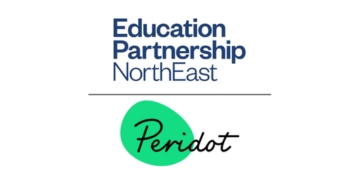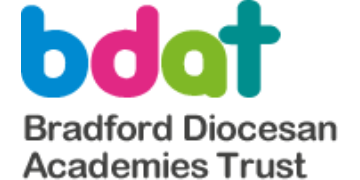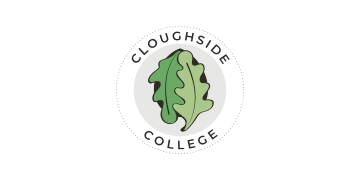Just a few weeks into term, schools across the country are starting to see cracks appear. Students who arrived positive are disengaging. Pupils who were keen are showing signs of struggling. It’s the same every year, and it comes down to one key factor: one in four Year 7 pupils can’t read well enough to access the curriculum.
Too many familiar initiatives show why morphology is essential. Tutor reading schemes launch with noble intent, but the weakest readers sit in silence. Catch-up phonics drives word recognition, but without comprehension, progress stalls. Disciplinary literacy asks specialists to model complex texts, but many pupils cannot break down the words on the page.
There is a gap in our attempts to bring Year 7 into the curriculum conversation. Morphology plugs that gap.
The genius of genealogy
Morphology (morph – shape + logos – study) is concerned with meaningful word parts (morphemes): roots, prefixes and suffixes. It shows pupils that construct, destruction and infrastructure are not strangers but a family formed from the root struct (to build).
Most multisyllabic and academic vocabulary derives from Latin and Greek. Teaching those roots accelerates comprehension across the curriculum. A pupil who knows bio- (‘life’) and graph– (‘write’) can connect “biography” in English, “biodegradable” in science, “geography” in humanities, even “epigraph” in RE.
Once pupils grasp how words are put together, vocabulary stops being a list to memorise or an inaccessible wall of letters and becomes a system they can decode and extend across subjects.
This morphological awareness also builds metacognition and develops cognitive flexibility: skills that travel beyond English into science, history and maths, wherever unfamiliar language appears.
Research confirms explicit morphology instruction delivers months of progress, with the greatest gains for struggling readers. One taught root can open dozens of words.
The good news is that morphology is high-leverage, low-cost and immediately actionable. The barrier is not evidence but ownership.
Here’s how leadership can ensure morphology becomes systematic and sustained, delivering for all pupils, and especially for those for whom literacy remains a barrier.
A structure for instruction
Work with your curriculum teams to make this practical by identifying high-utility roots (bio-, graph, struct, port) and embedding them into key stage 3 teaching.
A clear framework helps:
Map: Select 20–30 priority morphemes across key stage 3. These can be roots, prefixes or suffixes.
Model: Train English staff to introduce and revisit them weekly.
Reinforce: Equip departments to flag the same roots in context.
Monitor: Build roots into vocab tests, book looks and curriculum maps.
A simple ‘root of the week’ routine works: introduce one root, connect it to 5 or 6 words and revisit it through retrieval tasks.
CPD should support departments to reinforce these roots visually (e.g. word-family maps or concept organisers) to highlight the same connections across subjects.
Other practical strategies include: morphology word walls and word-building challenges where pupils combine prefixes, roots and suffixes.
The heavy lifting sits with English, but consistency across subjects turns learning into curriculum coherence.
From bonus to bonanza
Literacy is key to accessing the curriculum, and accessing the curriculum is key to tackling the Year 7 dip. For leaders, moving morphology from a peripheral bonus to a protected part of curriculum intent can unlock a bonanza of added engagement and attainment.
But more than that, it can also significantly reduce the pressure associated with literacy data: interventions, catch-up classes, reading ages, GCSE resits.
In order to bring all these benefits, morphology should be timetabled, trained for and monitored so that all pupils experience it as part of the curriculum spine – just like times tables or tutor reading,
Morphology turns scattered vocabulary into connected knowledge and gives pupils a way to unlock meaning independently, across every subject, every day. Embedding it shifts the conversation from what pupils can’t access to how fluently they can read, write and learn.
Doing this is key to ensuring your curriculum implementation has real impact for all learners, fostering their sense of belonging and their inclusion in every classroom.












Your thoughts